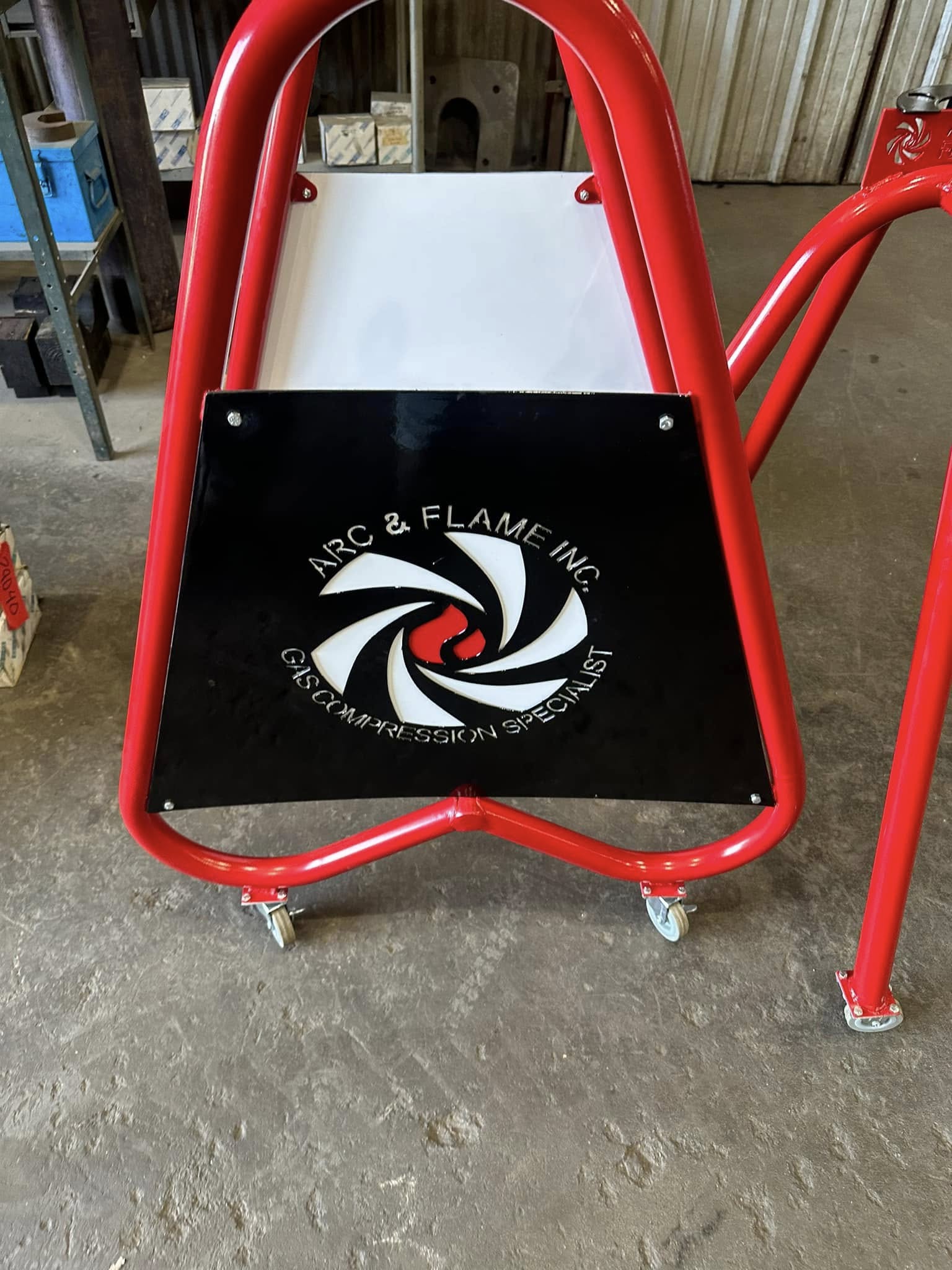
Welding Safety Essentials: Protecting You and Your Work Nov 08, 2025
Welding safety is paramount because of the potential hazards associated with the process. These can include exposure to harmful fumes, intense heat, and brilliant light which can be dangerous without proper precautions. Therefore, understanding the basics of welding safety can not only protect you but also enhance your work quality.
Personal protective equipment, or PPE, should be your first line of defense. Wearing appropriate gear such as helmets with the right filter shade, flame-resistant gloves, and protective clothing is crucial. A welding helmet protects the eyes and face from sparks and harmful radiation, while gloves and clothing shield against burns and heat. At Contender Solutions, we emphasize the importance of PPE as a non-negotiable aspect of welding safety practices.
Another significant element of welding safety is ensuring proper ventilation. Welding generates toxic fumes and gases that can accumulate and pose health risks. Adequate ventilation, whether through natural airflow or mechanical means, helps disperse these harmful gases, ensuring a safer working environment. It's a good practice to work in areas equipped with exhaust vents or fans that can effectively clear the air.
In addition to physical protection and ventilation, understanding your welding equipment is vital. Regular maintenance checks and inspections can prevent unexpected equipment failures that could result in injuries. At Contender Solutions, we advise all welders to routinely inspect their tools and machinery for wear and tear and follow the manufacturer's guidelines for usage and maintenance.
Moreover, welding safety extends to the work environment. Your workspace should be clear of any flammable materials, and fire extinguishers should be readily available. Keeping the work area organized and free of clutter minimizes the risk of accidents. It is also advisable to have a fire watch system in place when welding in areas at risk of catching fire.
Education and training in welding safety should not be underestimated. Staying informed about the latest safety standards and procedures equips you with the knowledge to address potential hazards effectively. At Contender Solutions, we foster a culture of continuous learning, encouraging our welders to participate in ongoing safety training sessions to keep updated.
To sum up, the essential components of welding safety are wearing the right personal protective equipment, ensuring proper ventilation, maintaining and understanding equipment, creating a safe workspace, and pursuing regular safety education. By adopting these safety practices, welders can protect themselves against potential risks and ensure a high standard of work quality.
Incorporating these welding safety essentials not only protects your well-being but also enhances the integrity and quality of your work. For any questions or further information on welding services and safety practices, Contender Solutions is here to assist you. Prioritizing safety in welding isn't just a recommendation—it's a responsibility we all share.
/filters:no_upscale()/media/f2bedb9d-e609-444d-b8d0-09b9a9d2d3fa.jpg)